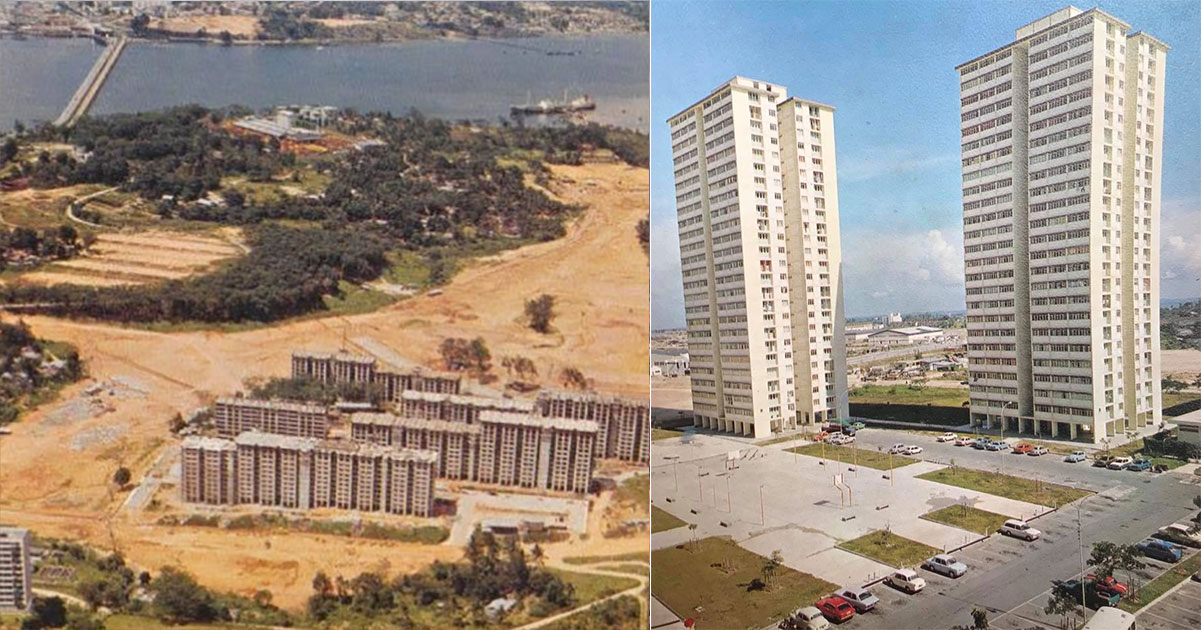Follow us on Telegram for the latest updates: https://t.me/mothershipsg
HDB flats are unique to Singapore.
More than 80 per cent of the population live in one, touted as public housing for the masses.
The design and construction of such buildings are such common occurrences, people often don't take a second look.
But HDB flats have come a long way since they were first mooted as a solution to a young nation's problem of clothing and feeding its people.
According to HDB, the so-called "public housing" was first set up in the 1960s, following a housing crisis in the nation.
While many of the older estates have since been upgraded or redeveloped, or even torn down, one Facebook group has taken to showcasing the HDB estates of old as a glimpse into how things started and how far we have come.
HDB estates of the past
HDB estates of the past appear in vintage or black-and-white photos, showing older HDB housing estates' starting point, many of which are still around today, but surrounded by newer buildings and amenities.
East
In the east, there are photos of the new flats built by HDB following the first land reclamation project of the Kallang Basin.
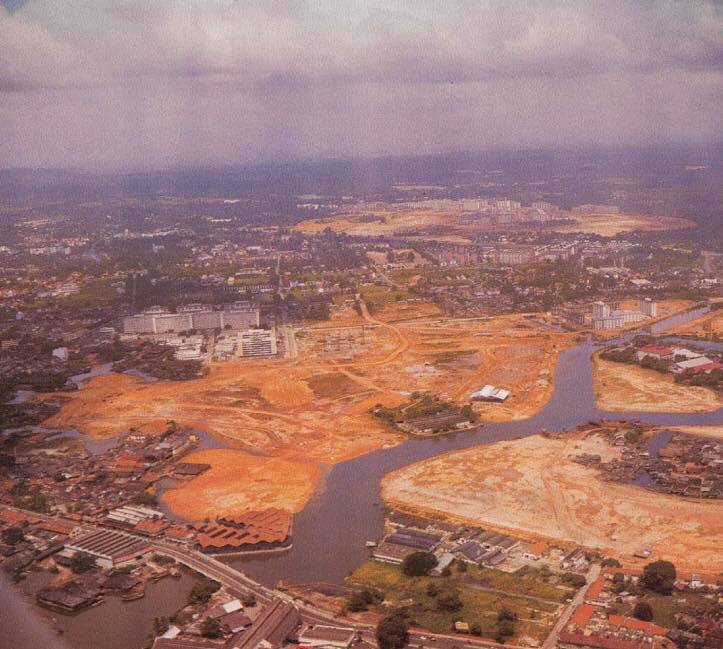 Land reclamation. Image via HDB estates of the past Facebook
Land reclamation. Image via HDB estates of the past Facebook
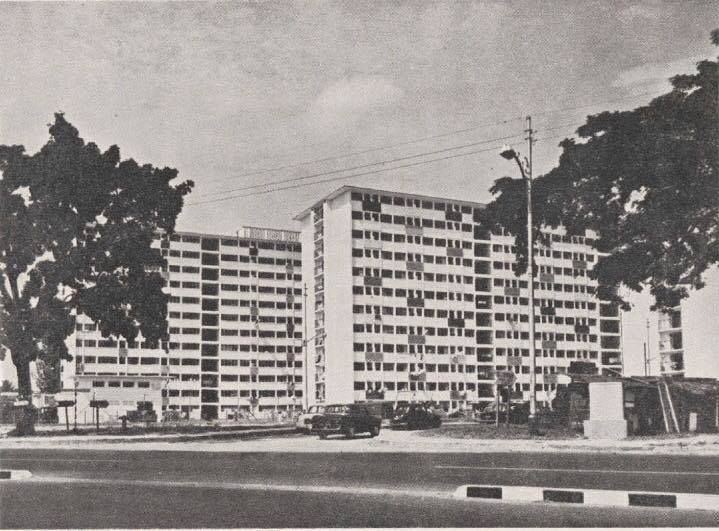 Completion of Tanjong Rhu Estate in 1964. Image via HDB estates of the past Facebook
Completion of Tanjong Rhu Estate in 1964. Image via HDB estates of the past Facebook
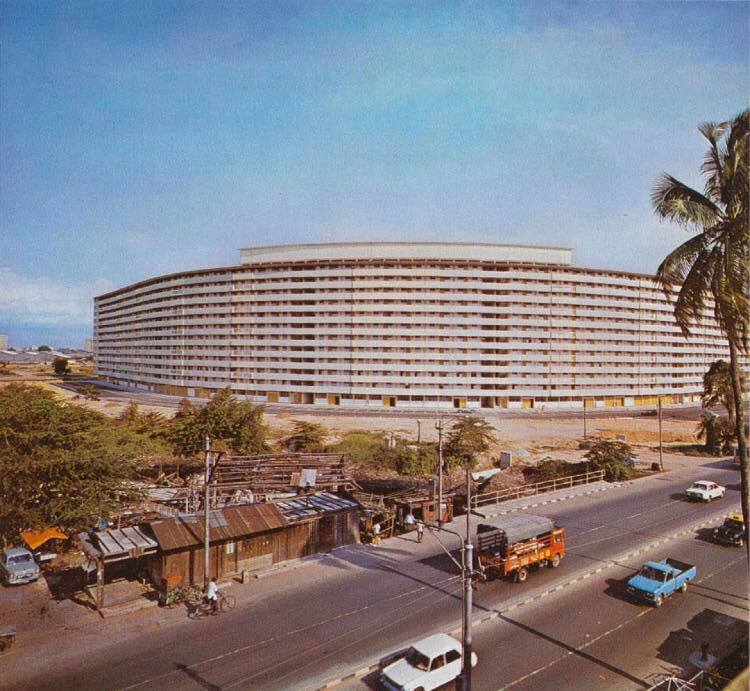 A long HDB block along Whampoa West in 1971. Image via HDB estates of the past Facebook
A long HDB block along Whampoa West in 1971. Image via HDB estates of the past Facebook
The area also features some of the first few point blocks and executive flats built in the Bedok and Chai Chee area in the 1970s and 1980s.
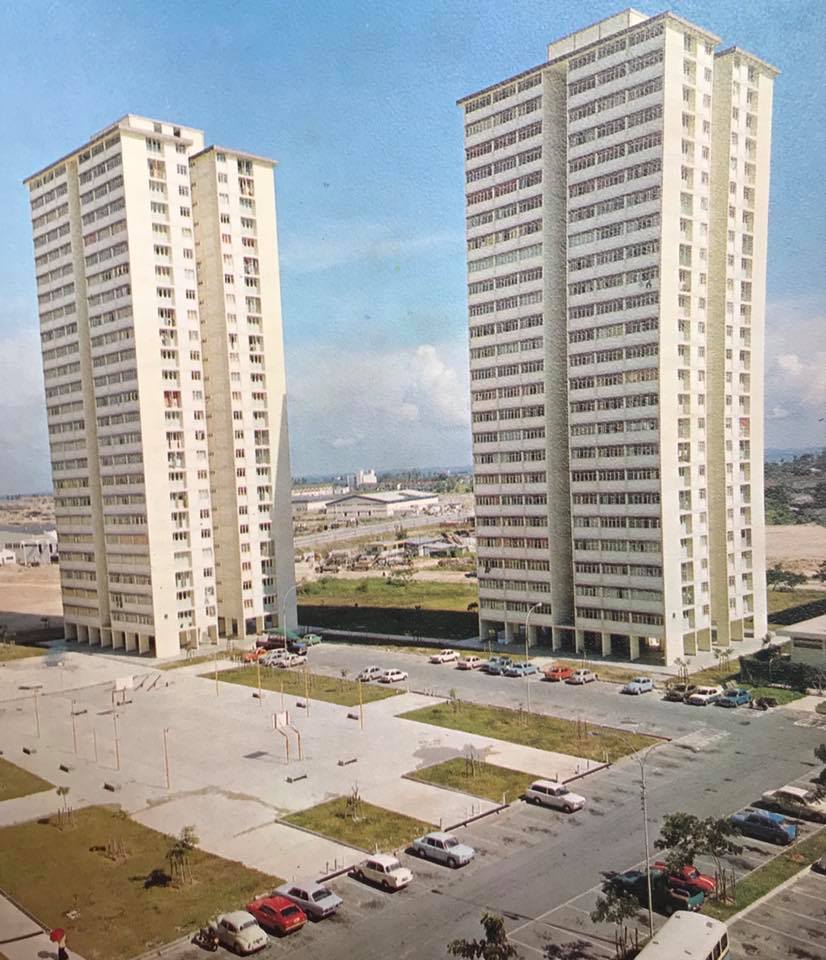 Two 25-storey point blocks at Blk 33 and 34 Chai Chee Avenue in 1974. Image via HDB estates of the past Facebook
Two 25-storey point blocks at Blk 33 and 34 Chai Chee Avenue in 1974. Image via HDB estates of the past Facebook
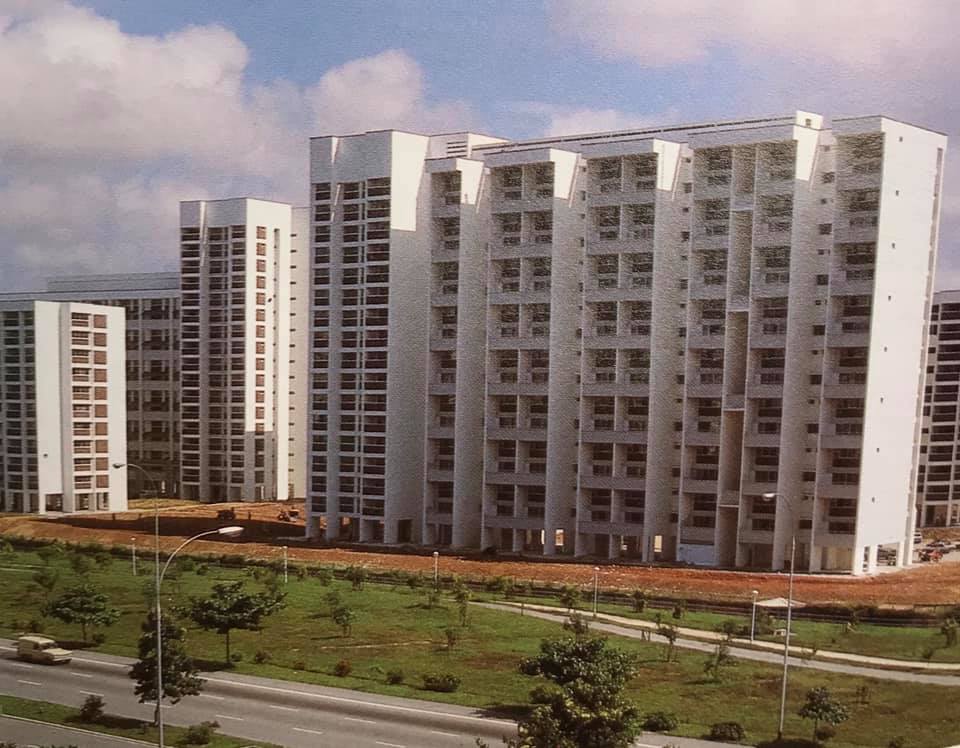 Early executive flats built along Bedok Reservoir in 1983. Image via HDB estates of the past Facebook
Early executive flats built along Bedok Reservoir in 1983. Image via HDB estates of the past Facebook
South
Towards the south, there are snapshots of Singapore's first satellite town in Queenstown.
In Queenstown, Blocks 45, 48 & 49 Stirling Road were allegedly one of the first few blocks of flats completed in October 1960, months after HDB's conception earlier that year.
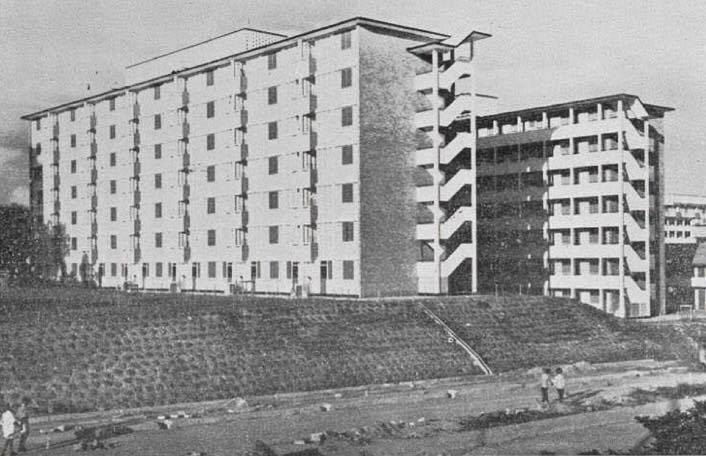 7-storey flats at Queen's Crescent. Image via HDB estates of the past Facebook
7-storey flats at Queen's Crescent. Image via HDB estates of the past Facebook
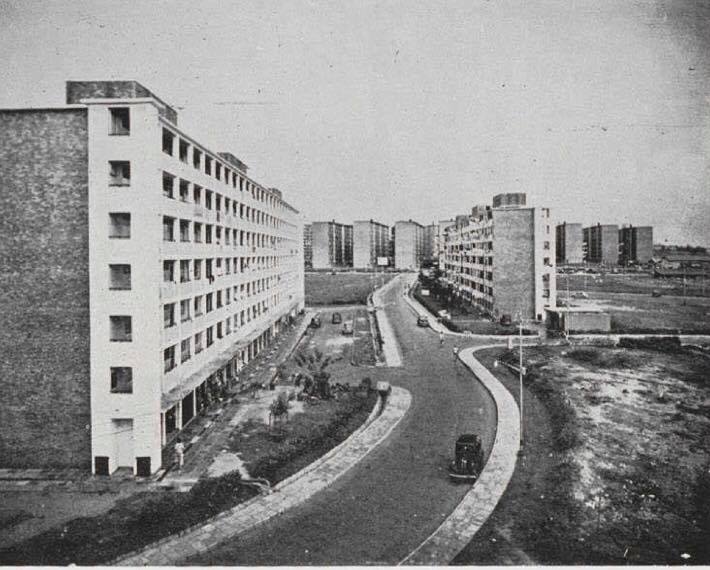 7-storey flats at Stirling Road. Image via HDB estates of the past Facebook
7-storey flats at Stirling Road. Image via HDB estates of the past Facebook
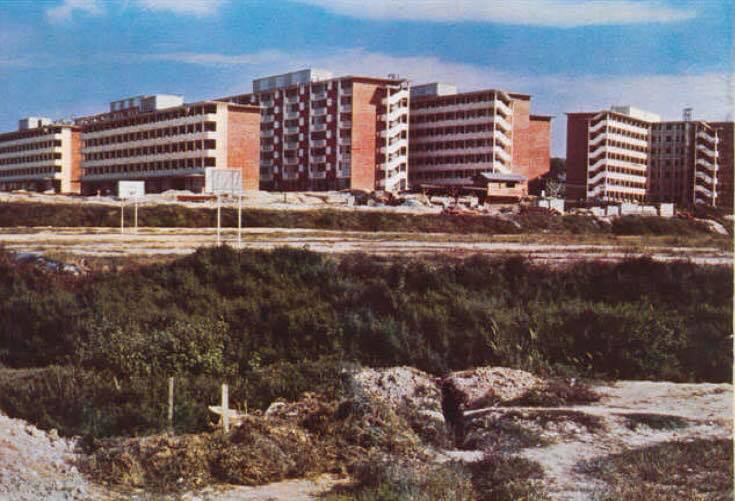 New Queen’s Crescent flats. Image via HDB estates of the past Facebook
New Queen’s Crescent flats. Image via HDB estates of the past Facebook
West
In the West, Clementi New Town was the eighth new town to be developed by HDB, with the development primarily taking place between 1975 and 1979.
More than 800 villagers were resettled to make way for the new town, according to resources from the National Library of Singapore (NLB).
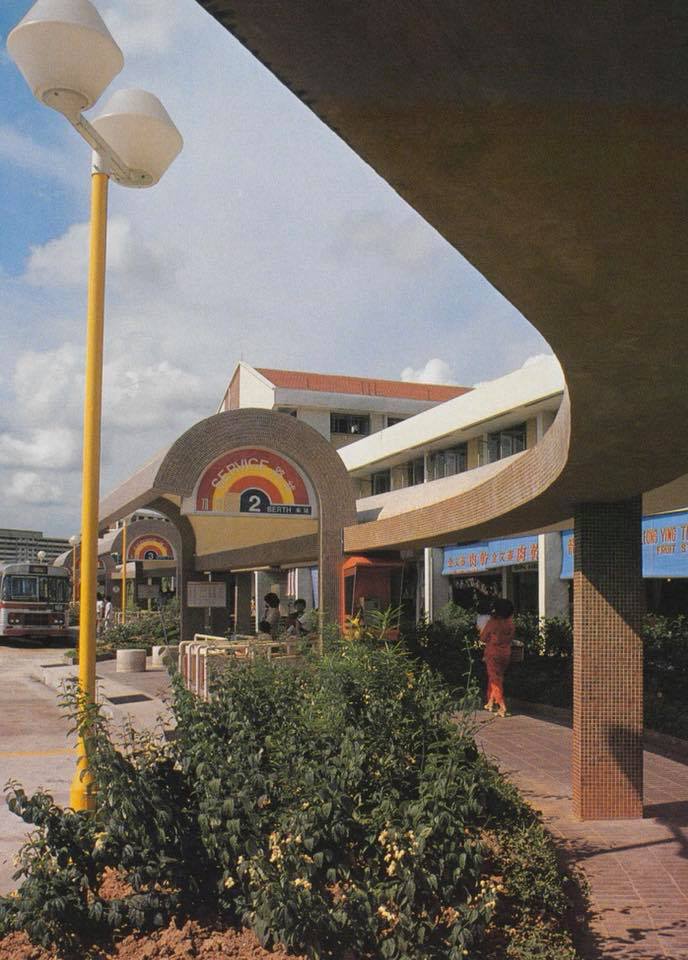 A bus interchange in Clementi Town Centre in 1980. Image via HDB estates of the past Facebook
A bus interchange in Clementi Town Centre in 1980. Image via HDB estates of the past Facebook
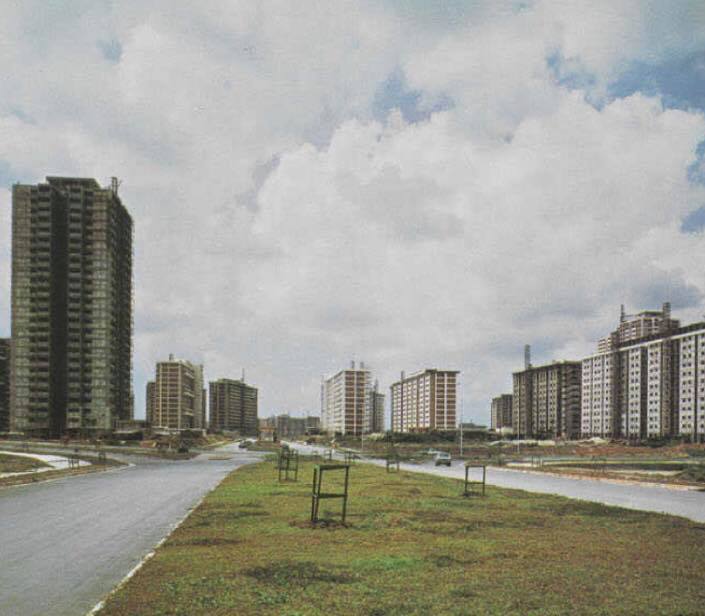 Completed Clementi flats in 1977. Image via HDB estates of the past Facebook
Completed Clementi flats in 1977. Image via HDB estates of the past Facebook
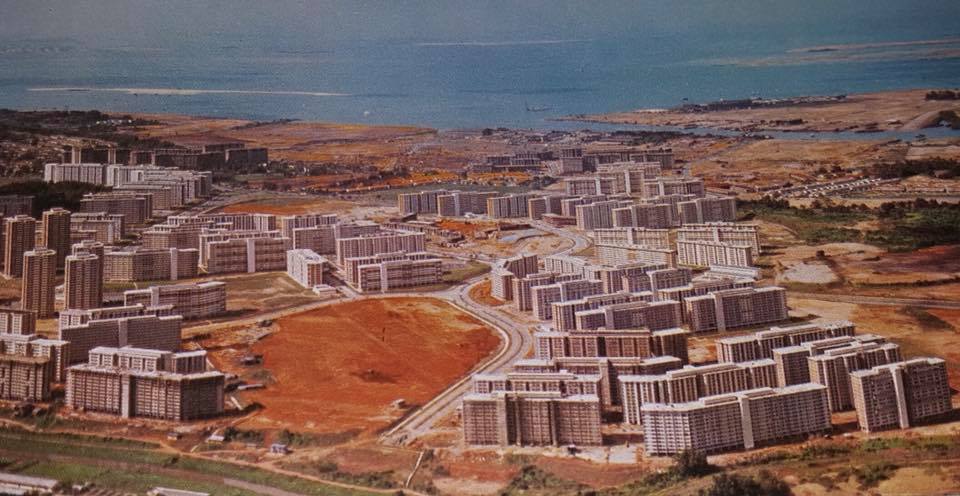 Clementi New Town in 1978. Image via HDB estates of the past Facebook
Clementi New Town in 1978. Image via HDB estates of the past Facebook
North
Woodlands, which has been Singapore's main mode of transport to Johor, Malaysia, since 1923, also primarily consisted of villages and squatters, before it was developed in 1972.
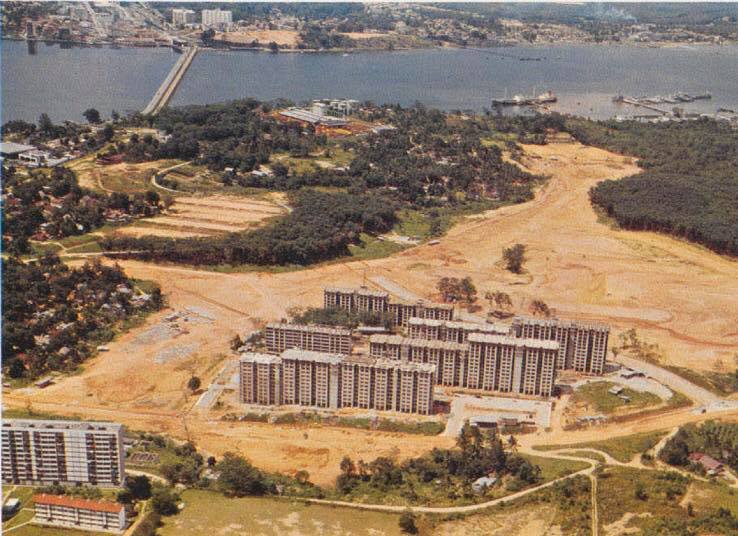 The earliest flats at Marsiling Estate under construction in 1972. Image via HDB estates of the past Facebook
The earliest flats at Marsiling Estate under construction in 1972. Image via HDB estates of the past Facebook
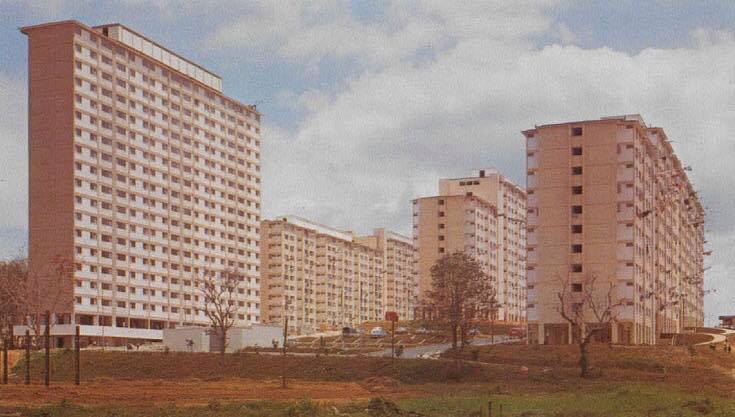 The first completed flats at Marsiling in 1973. Image via HDB estates of the past Facebook
The first completed flats at Marsiling in 1973. Image via HDB estates of the past Facebook
Spaces were subsequently planned to cater to the needs of the population, including transport networks, town centres and recreational facilities.
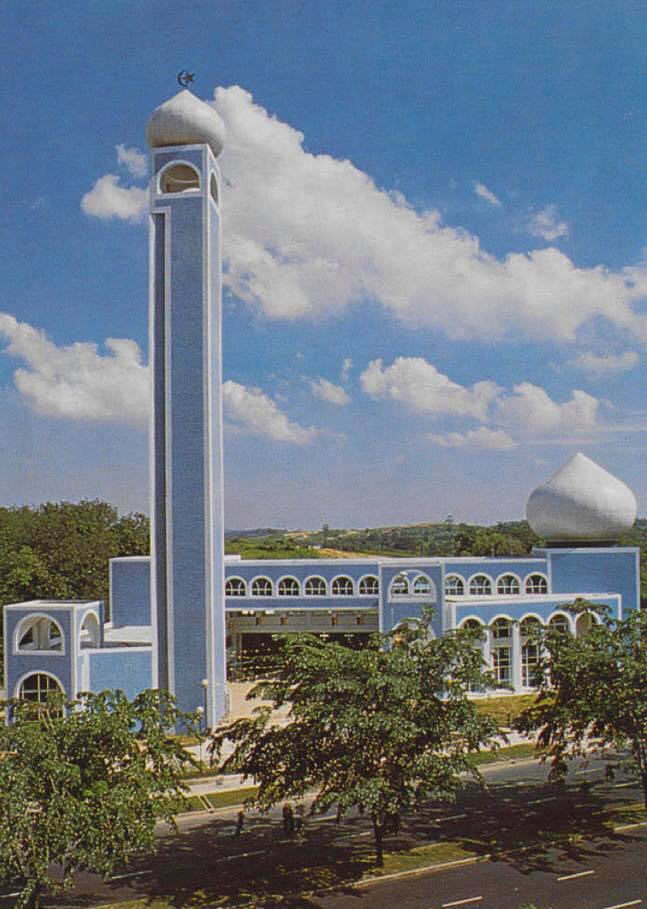 The Masjid An-Nur mosque in 1980. Woodlands now has seven churches, two mosques, and one temple. Image via HDB estates of the past Facebook
The Masjid An-Nur mosque in 1980. Woodlands now has seven churches, two mosques, and one temple. Image via HDB estates of the past Facebook
Nostalgia is real with this one.
Top image via HDB estates of the past Facebook
If you like what you read, follow us on Facebook, Instagram, Twitter and Telegram to get the latest updates.
